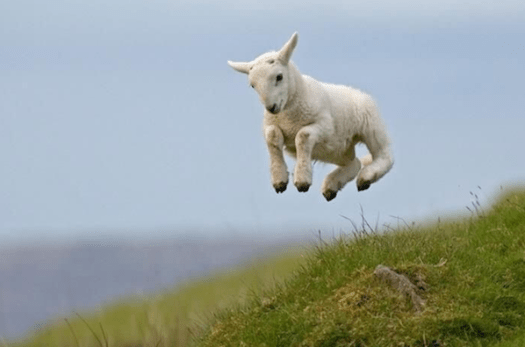We all love them, don’t we? Whether it is the weather, election results or even horoscopes, the human psyche is intrigued by those who believe that they can predict the future.
Yet, in the past few of years, things that seemed to have been stable and predictable have had an uncanny knack of not being so! Brexit, the rise of Trump, global weather patterns, crazy valuations for Tech companies. Some trace this unpredictability back to the financial crisis of 2008. Others pin it to the rise of globalisation. Yet others believe that the real culprit – climate change – can be attributed as far back as the industrial revolution.
“Leaders of Hope” require a good dose of “back-to-front thinking” to inspire people to follow their vision of the future – only to become disillusioned and frustrated by the system. The pendulum swings and “Leaders of Fear” take over and simply look in the rear view mirror to say how things were great in the past and that “Back to the Future” is the answer.
With linear thinking, we tend to post-rationalise decisions and make them look logical after the event. Ever more so in large corporations and national governments. Steve Jobs put it so well when he talked about connecting the dots in his Stanford commencement speech:
“You can’t connect the dots looking forward; you can only connect them looking backwards. So you have to trust that the dots will somehow connect in your future. You have to trust in something — your gut, destiny, life, karma, whatever.”
So we come to trusting the dots that will connect us to a positive future – and also trust in “gut, destiny, life, karma, whatever….” to get us there! That’s not very precise or scientific. Certainly not terribly rational and not very easy to measure either!
So, maybe all this objective setting stuff we strive for is baloney?
In my experience, Jobs was correct. Most decisions are made from spinning around looking at various alternatives and then having an intuitive hunch that things would be better if they lined up in a direction where you have a fuzzy idea of the target zone or outcome. As time progresses, things become clearer.
I call this the “White Javelin” approach. We have a Javelin that we can throw in any direction, but we choose to throw where the light shines brightly. Once we have thrown it, we move along to pick it up and then decide where to throw it next. It is better if you keep going in one particular direction. Otherwise, you keep going over old ground and spinning around like a dog chasing its tail!
Fulfilment becomes an intuitive sense of progress towards a fuzzy outcome, which needs to feel good before each throw. If your daily work does not give you the autonomy to decide the direction of throw or they give you a needle instead of a javelin, then I suggest you quit!
As I’ve grown older (and hopefully wiser), I’ve also become increasingly aware that everything is connected. Literally. So the desired outcome in one country, system or domain will have undesired consequences in another. The current North Korean-US war of words is but a simple example.
So, with all the unpredictability and variability of system outcomes, maybe we need a new set of meta-objectives or meta-goals that we can start to organise ourselves around so we can work out best where we throw our white javelins.
The UN Sustainable Development Goals were a noble attempt to do this. Yet a global, top-down approach is probably only going to help fix a minor part of the problem. As Arnold Schwarzenegger stated in his message to Donald Trump on reneging the Paris climate agreement: “Like all the great movements in human history, our (clean) future starts with a grassroots movement in our communities, our cities and our states.”
It gives hope to mere mortals that there is a clear path to a cleaner, brighter future through grassroots activism, clear personal intent and envisioning end-results that are for the betterment of our local communities.
Whereas linear-thinking approaches had a good chance of succeeding in more stable and predictable systems, we need new ways to shape a purpose, objectives and outcomes for a particular problem set – outside the boundaries of corporate self-interest. (what Ian Ure in an article on LinkedIn calls his “magic ingredient” – which inspired me to write this one).
Asking lots of “W” questions is a good place to start. Why?, What?, Who?, When? and Where?
Too many “How?” questions asked too early on creates early “solution-thinking syndrome” which gets in the way of exploring alternative approaches and landing points.
Equally, too many “Why?” questions too early on can also be counter-productive because the answer might simply be: “Just because!”. W can also stand for “Wait” – like “all good things come to those who wait”. Counterintuitive, perhaps, but powerful, nonetheless.
I believe that the world is a mysterious, magical and mystical place, well beyond the ken of any single human being. Science and reason are useful tools, but by adopting the Zen-like “beginner’s mind” with an inquisitive sense of discovery, prediction becomes less important. Each day brings magic moments with new discoveries and new areas to explore with our individual throws of our uniquely crafted white javelins. We need to stop listening to the Merchants of Doom and become our own Leaders of Hope.
Go on! Throw it as far as you can and see where it lands! It will only be good!










